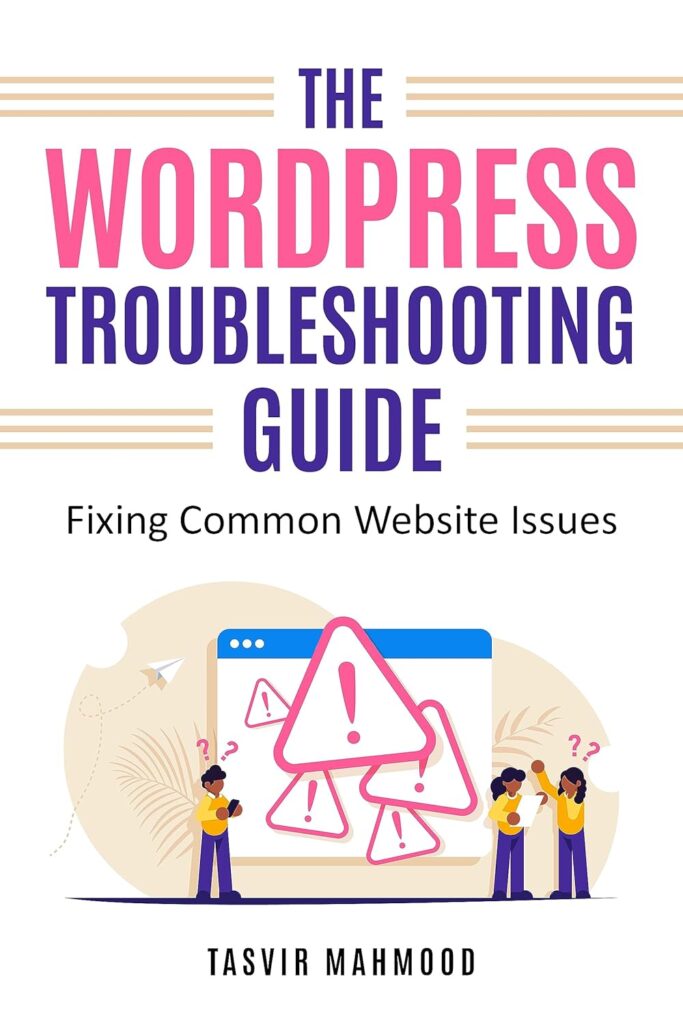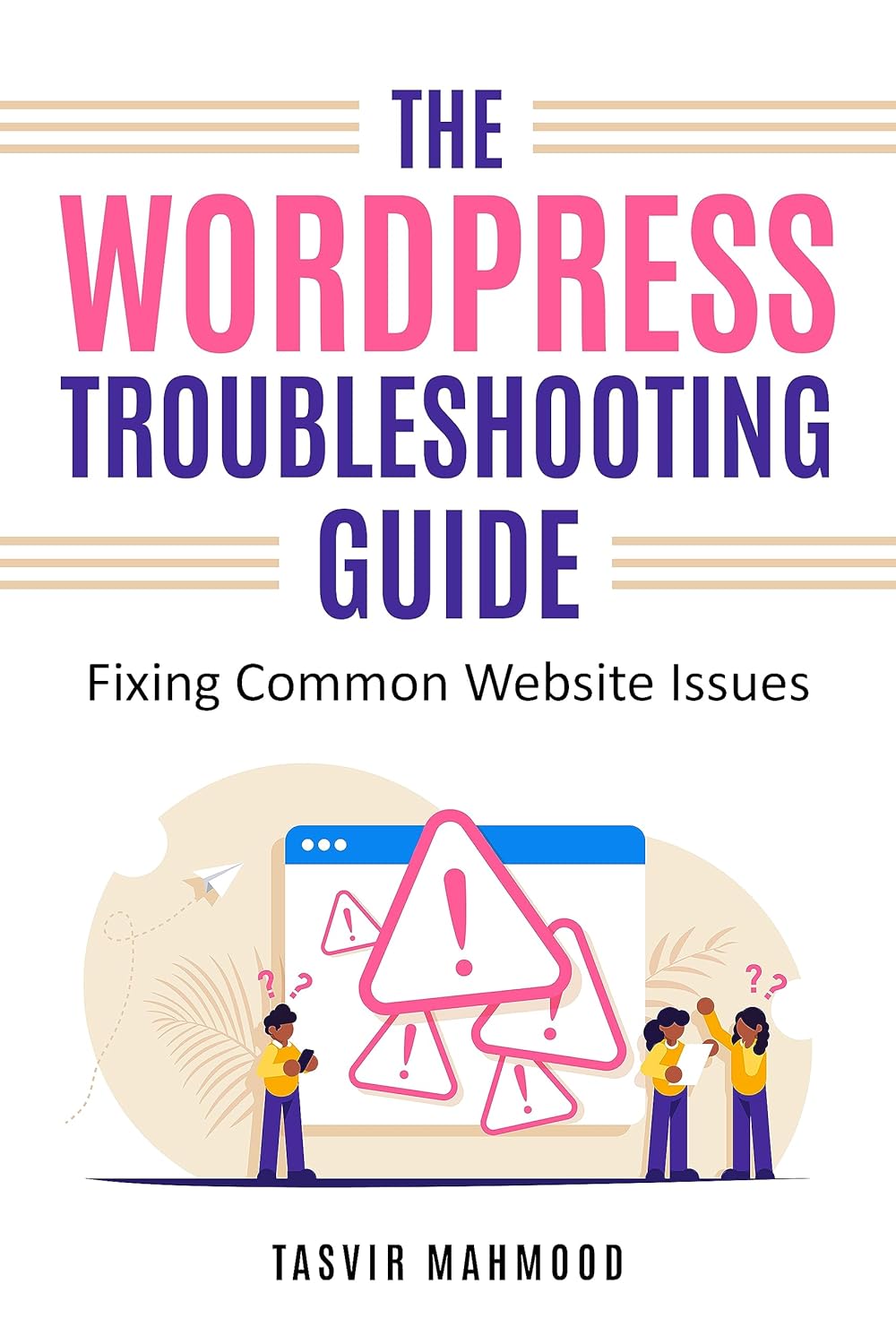Having a good running website is very important in the current world where everything is run online. Nevertheless, website errors can greatly affect the usability and the position of the site in the search engines. These and many other general website problems are crucial to be aware of in order to carry out work on sites without serious failures. Now let’s look at some of the most common website errors and how they can be practically addressed.
Table of Contents
1. Slow Loading Speed
One of the most critical issues for websites is slow loading speed. A delay of just a few seconds can lead to increased bounce rates and lost visitors.
Causes:
- Unoptimized images
- Excessive use of plugins
- Poor-quality hosting
- Render-blocking JavaScript
Fixes:
- Compress images using tools like TinyPNG or ShortPixel.
- Minimize the use of plugins and deactivate unnecessary ones.
- Switch to a reliable hosting provider.
- Use tools like GTmetrix or PageSpeed Insights to identify and fix render-blocking resources.

2. Broken Links
Broken links disrupt user experience and can harm your SEO rankings.
Causes:
- Deleted pages or moved content without proper redirection.
- Typos in URLs.
Fixes:
- Regularly check for broken links using tools like Screaming Frog or Ahrefs.
- Implement 301 redirects for deleted or moved pages.
3. Missing or Duplicate Meta Descriptions
Meta descriptions play a vital role in how your site appears on search engines. Missing or duplicate meta descriptions can confuse search engines and lower your visibility.
Causes:
- Neglecting meta descriptions during content creation.
- Reusing the same description across multiple pages.
Fixes:
- Write unique meta descriptions for each page, incorporating target keywords naturally.
- Use SEO plugins like Rank Math or Yoast to ensure your meta tags are optimized.

Design and Development Issues in Websites
4. Poor Mobile Responsiveness
With mobile users making up a large portion of web traffic, poor responsiveness can result in a significant loss of visitors.
Causes:
- Outdated website themes or designs.
- Failure to implement responsive design techniques.
Fixes:
- Use responsive themes or frameworks like Bootstrap.
- Test your site on multiple devices using tools like Google’s Mobile-Friendly Test.
5. 404 Error Pages
A 404 error occurs when a user tries to access a non-existent page, leaving them frustrated and likely to exit your website.
Causes:
- Deleted or renamed pages without proper redirection.
- Incorrectly entered URLs.
Fixes:
- Create a custom 404 error page with helpful navigation links.
- Regularly monitor 404 errors through Google Search Console.
6. Security Vulnerabilities
Website security is non-negotiable. Issues like malware attacks, spam, and weak encryption can compromise sensitive user data.
Causes:
- Using outdated plugins or themes.
- Lack of SSL certification.
Fixes:
- Update plugins, themes, and the core CMS regularly.
- Install an SSL certificate to secure your site.
- Use security tools like Wordfence or Sucuri.

The WordPress Troubleshooting Guide: Fixing Common Website Issues
7. Poor Website Structure
A cluttered and confusing website structure makes it difficult for both users and search engines to navigate.
Causes:
- Lack of proper categorization.
- Overcomplicated menus and navigation.
Fixes:
- Organize your site content with clear categories and subcategories.
- Keep navigation menus simple and intuitive.
8. Excessive Use of Pop-Ups
While pop-ups can be effective for lead generation, overuse can frustrate users and drive them away.
Fixes:
- Limit the number of pop-ups on a single page.
- Ensure pop-ups are non-intrusive and close easily.
9. Outdated Content
Old and irrelevant content can harm your credibility and SEO performance.
Fixes:
- Regularly audit your content to ensure it is accurate and updated.
- Refresh old content with new information and better optimization.
10. Missing Alt Text for Images
Alt text is essential for image SEO and accessibility. Missing alt text means search engines can’t interpret your images.
Fixes:
- Add descriptive alt text to all images, including keywords where relevant.

Conclusion
Maintaining a website free from common errors requires consistent monitoring and timely fixes. Tools like Google Search Console, GTmetrix, and various SEO plugins can assist in identifying and resolving issues. By addressing these problems, you’ll improve user experience, boost SEO rankings, and enhance the overall performance of your site.
Make your website a seamless experience for users and search engines alike by taking these steps today!

